A common ball-peen can be tiring for the user and, if it has a head that is too heavy, it can buckle a rivet's shaft within the wood pieces it's joining. Tom DeVries made riveting hammers to do a tedious job more effectively.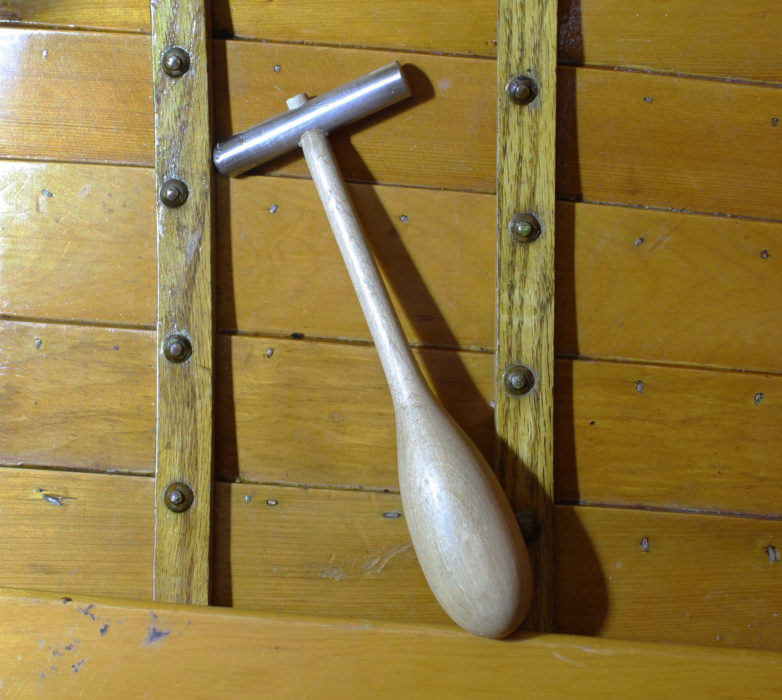 SBM
SBM
Join The Conversation
We welcome your comments about this article. If you’d like to include a photo or a video with your comment, please email the file or link.
Comments (2)
Leave a Reply
Stay On Course



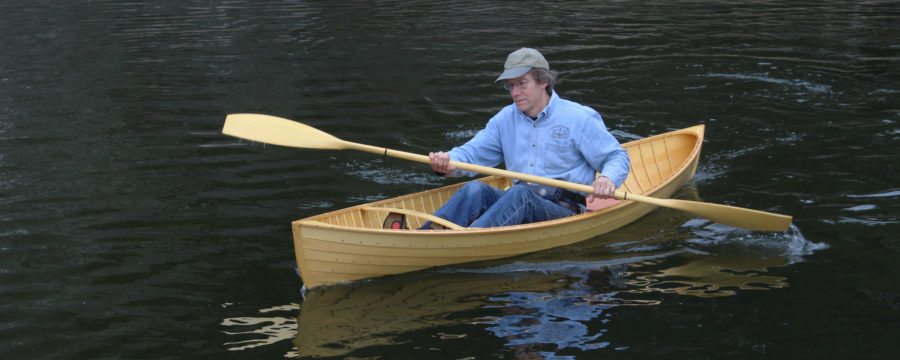

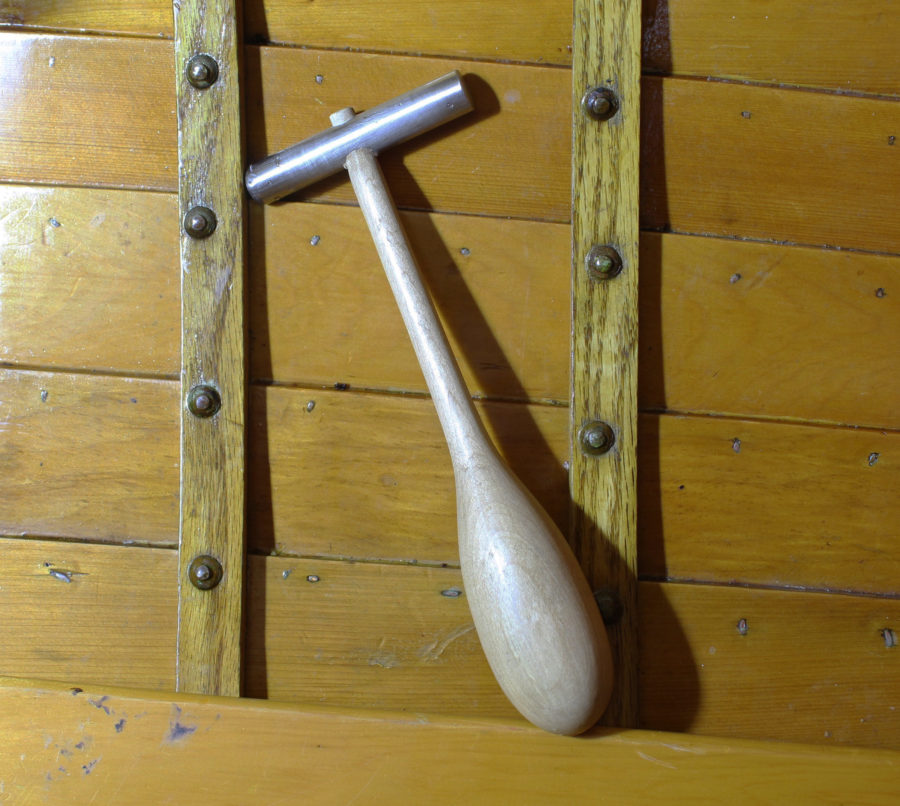
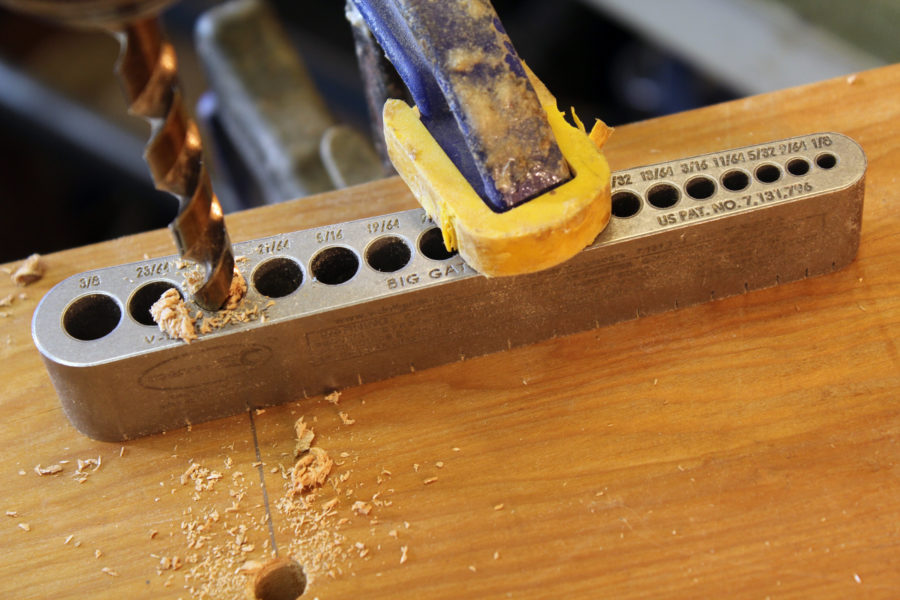
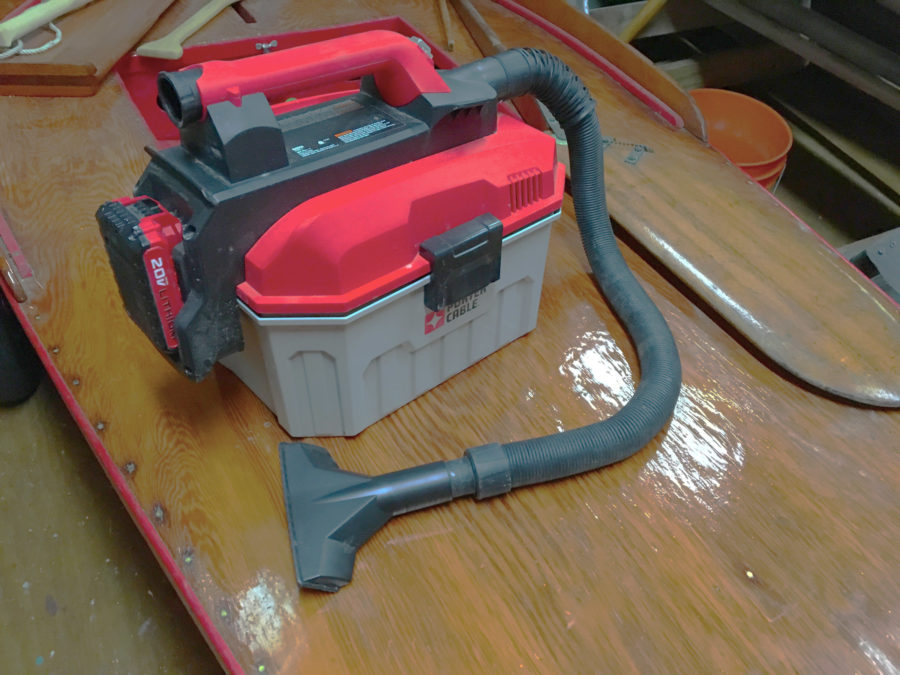

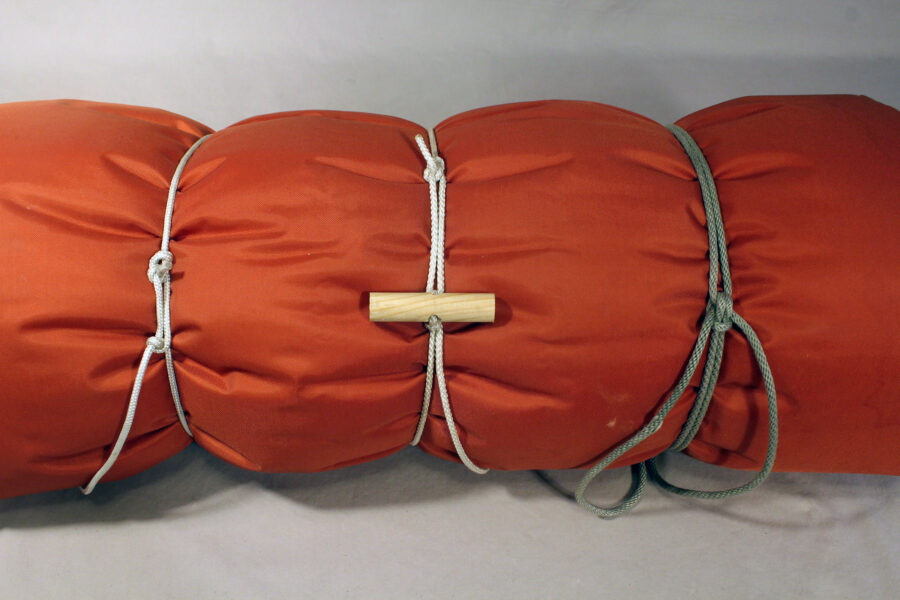
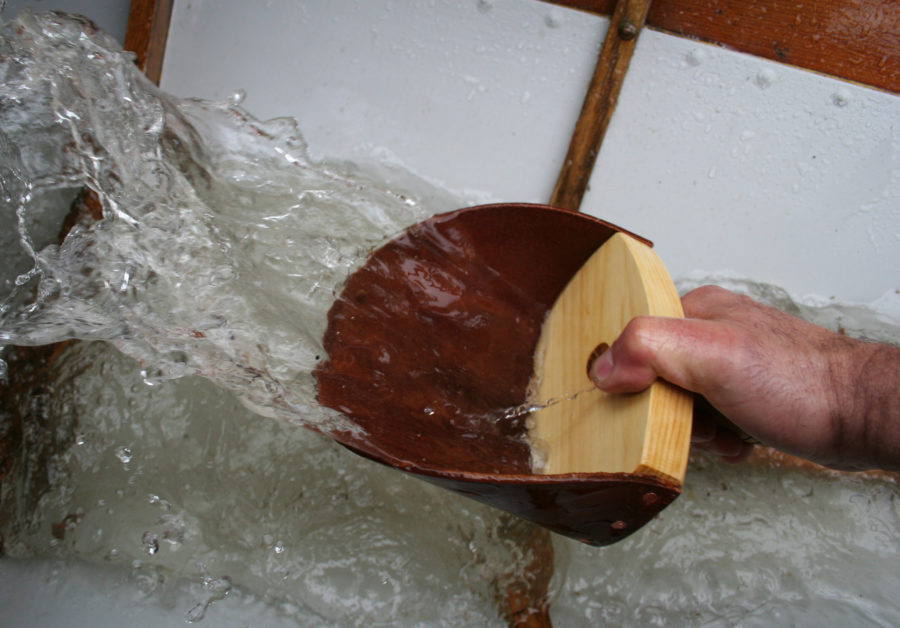
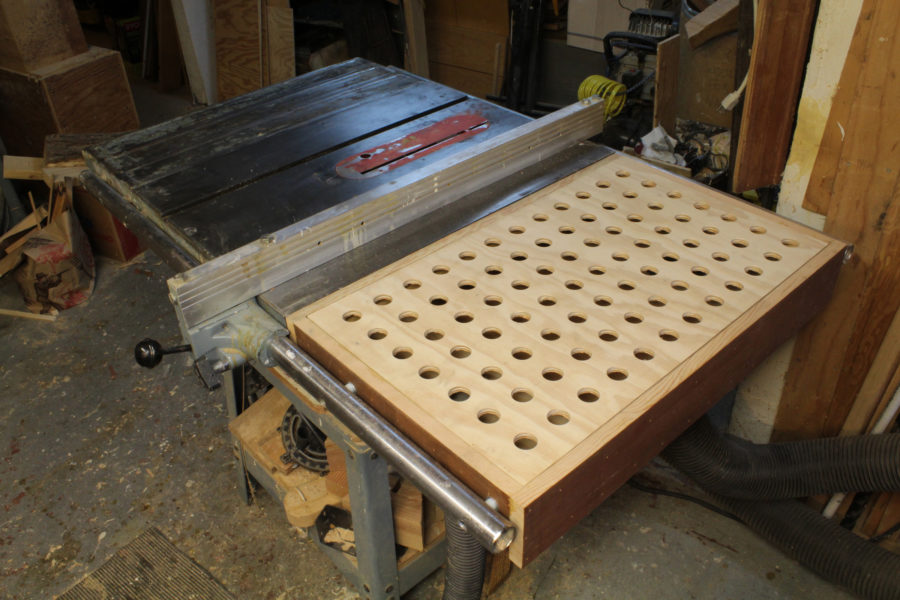

Nice looking tool. Anything that makes that job easier has got to be good. On anything other than a small dinghy, a quick light double tap indicates to the person holding the dolly on the outside of the hull that you’re ready to move on to the next rivet. Keeps a nice rhythm going without needing to speak to each other.
Though riveting can be tedious, I enjoy the tap, tapping rhythm (with earplugs in) and truly like the look of copper rivet heads inside a wooden hull. Each rivet peened also adds to the history of the tool, and using the same hammer time and again reminds me of other boats I’ve made. It’s like catching fish with an old rod or cultivating garden rows with my grandfather’s hoe.